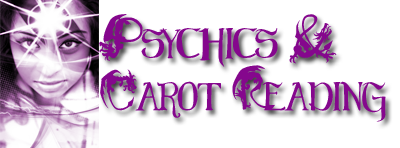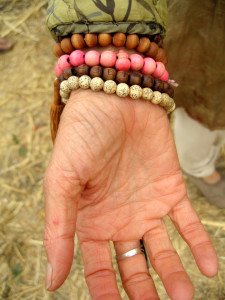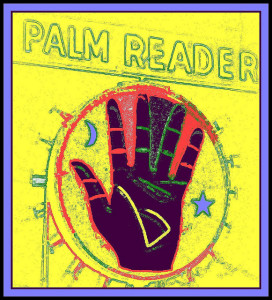Online Palm Reading 101
 Many of you have asked me about palm reading and online palm reading and what I think about it. Some have asked more basic questions about palmistry and so I decided to put together this short article on palm reading – though it applies equally to online palm reading, now being done with a photo of your hand or a live webcam.
Many of you have asked me about palm reading and online palm reading and what I think about it. Some have asked more basic questions about palmistry and so I decided to put together this short article on palm reading – though it applies equally to online palm reading, now being done with a photo of your hand or a live webcam.
A brief history of palmistry
Man has always been a bit curious and wanted to dabble on the metaphysical side of things. Human beings have always had a fascination with the hands. Judging by the number of hands painted in prehistoric caves it would seem the human hand held an interest for humans since the stone-age.
Believed to have originated in India, the art of palmistry spread to China, Tibet, Egypt, Persia and to other countries in Europe.
In 3,000 BC the emperor of China used his thumbprint to seal documents, while Aristotle (384-322BC) discovered a treatise on palmistry on an alter to the god Hermes. Little wonder then that Greek physicians, Hypocrates and Galen (c.130-200AD) used their knowledge of palmistry in their diagnostic work with patients. Even Julius Caesar used palmistry to judge his men, although one could argue that either his skills weren’t very accurate, considering the treacherous way in which he died.
More recently, medical researchers in dermatoglyphics (the study of skin patterns) have discovered a correspondence between genetic abnormalities and unusual markings on the hand; for example, research has confirmed that there is a link between certain fingerprint patterns and heart disease.
Significance of the left and right hand
Though there are debates on which hand is better to read from, both have their own significance. It is tradition to assume that the left hand shows potential in an individual, and the right showed realized personality. The choice of hand to read is ultimately up to the instinct and experience of the practitioner.
- Left The left hand is controlled by the right brain (pattern recognition, relationship understanding), reflects the inner person, the natural self, the anima, and the lateral thinking.
- Right As opposites are, the right hand is controlled by the left brain (logic, reason, and language), reflects the outer person, objective self, influence of social environment, education, and experience. It represents linear thinking.
Major Lines in Online Palm Reading
On each hand are many lines, but there are generally considered to be four main lines in palmistry, as well as many secondary lines used in palm reading and online palm reading.
- The four lines found on almost all hands, and generally given most weight by palmists:
- Heart Line – The heart line is the first of the major lines examined by a reader and represents love and attraction. It is found towards the top of the palm, under the fingers. Palmists interpret this line to represent matters of the heart, that is, more literally, our emotional living.
- Head Line – The next line identified by palmists is the head line. This line starts at the edge of the palm under the index finger and flows across the palm towards the outside edge. Palmists generally interpret this line to represent the person’s mind and the way it works, including learning style, communication style, intellectualism, and thirst for knowledge and to indicate a preference for creative or analytical approaches to information.
- Life Line – The life line is perhaps the most controversial line on the hand. This line extends from the edge of the palm above the thumb and travels in an arc towards the wrist. The life line is also believed to reflect major life changes, including cataclysmic events, physical injuries, and relocations.
- Fate Line – The fate line runs from the bottom of the palm near the wrist, up through the center of the palm towards the middle finger. This line is believed to be tied to the person’s life path, including school and career choices, successes and obstacles.
Criticism of Online Palm Reading
Criticism of palmistry often rests with the lack of empirical evidence supporting its efficacy. Scientific literature typically regards palmistry as a pseudoscientific or superstitious belief. Skeptics often include palmists on lists of alleged psychics who practice cold reading. Palmists appear psychic by using high-probability guessing and inferring details based on signals or cues from the other person’s history.
Conclusion
While palmistry does have some criticism, it remains a very popular and beloved form of divining insight into a person. Not only that, it can be performed just about anywhere with anyone who has a hand.











